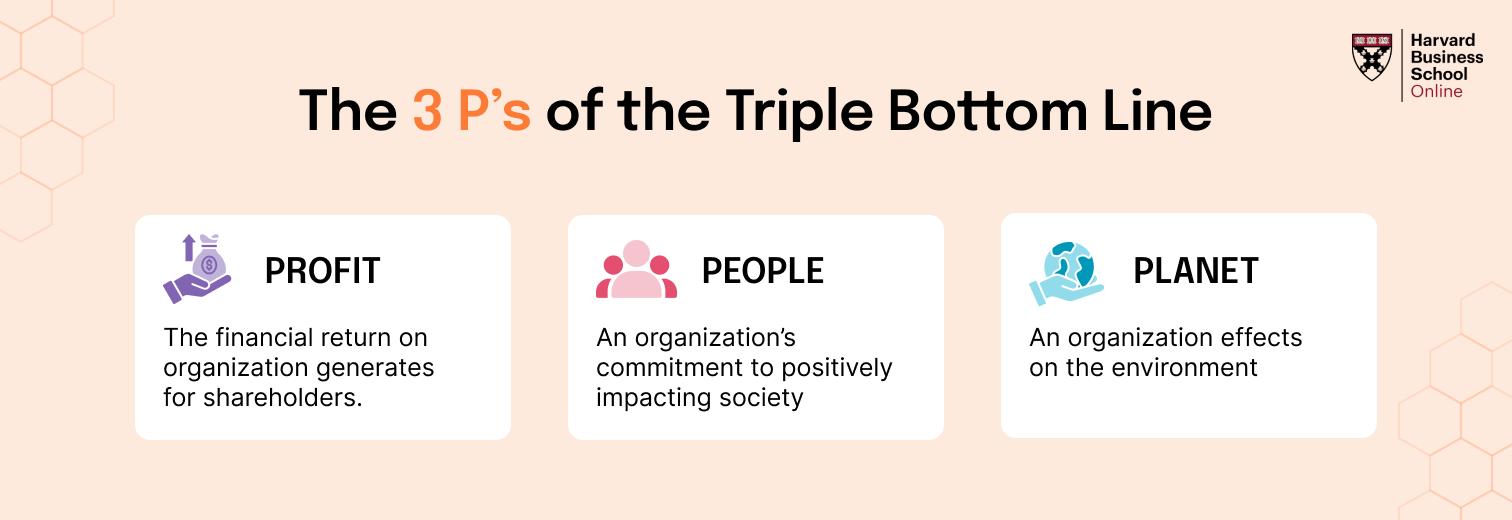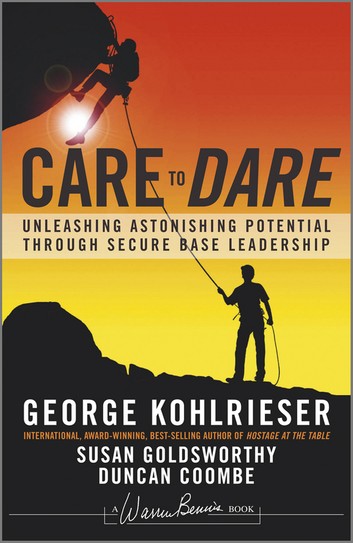Top 10 Themes for your next Leadership Team Retreat
In recent years, the headlines have been littered with stories of high-profile leadership missteps that have left employees disillusioned, companies reeling, and reputations tarnished. These cautionary tales serve as stark reminders of how even seasoned executives can falter under the weight of their responsibilities or fail to read the room.
Take, for instance, AirAsia’s CEO Tony Fernandes, who sparked a storm of criticism for an inappropriate social media post. The post, which many found to be tone-deaf, highlighted how leaders can sometimes misjudge the public’s expectations of their behavior. Similarly, Andi Owen, the former CEO of MillerKnoll, faced backlash for making insensitive comments during a town hall meeting—a moment that was meant to rally employees but instead alienated them.
Another striking example is the recent uproar surrounding Baldvin, a US-based CEO, who reportedly fired 99 employees following a missed meeting. The news, shared by an intern on Reddit, quickly went viral, igniting widespread outrage and painting a grim picture of leadership disconnected from empathy and foresight.
The Leadership Conundrum: Why Hiring the Best Isn’t Enough
Table of Contents
Incidents like these raise critical questions about the nature of leadership in today’s world. Isn’t hiring the best talent enough for your brand? Why do seemingly competent leaders falter?
The truth is, leadership isn’t just about qualifications or experience—it’s about ongoing growth, adaptability, and emotional intelligence. Even the most qualified leaders can stumble when faced with the complexities of modern business environments.
The Hiring Challenge
Hiring for top leadership positions is a daunting task. Filling a C-suite role can take up to a year, during which companies often prioritize internal candidates to maintain continuity. However, research shows that internal candidates are typically only 60% ready for these roles, often lacking the strategic and interpersonal skills required to excel at the top.
This gap in preparedness underscores the need for organizations to invest in robust leadership development programs—not just during the onboarding phase but throughout a leader’s career.
The Continuous Learning Imperative
In an era of rapid change and heightened public scrutiny, leaders must continuously evolve to stay effective. The skills that made a leader successful five years ago may no longer suffice today. Public accountability, social media, and shifting cultural norms demand leaders who can think critically, communicate authentically, and adapt swiftly.
High-profile missteps often stem from outdated mindsets or an inability to respond empathetically under pressure. Leaders are expected to foster trust, build inclusive cultures, and inspire their teams to achieve extraordinary results. This requires more than technical know-how; it demands soft skills like emotional intelligence, executive presence, and the ability to navigate complex interpersonal dynamics.
The Risks of Ignoring Leadership Development
When companies neglect leadership development, they risk more than just bad PR. Poor leadership can lead to:
- Low employee morale: Misguided decisions or insensitive comments erode trust and engagement.
- Brand damage: Negative headlines can tarnish a company’s reputation, impacting customer loyalty and shareholder confidence.
- Operational inefficiencies: Leaders who lack critical skills often fail to align teams, stalling progress and innovation.
Investing in leadership development isn’t just about avoiding crises; it’s about empowering leaders to drive their teams and organizations toward sustainable success.
Building Leaders Who Inspire, Not Divide
Great leaders inspire through vision, empathy, and integrity. They don’t make headlines for the wrong reasons but instead serve as beacons of resilience and trust within their organizations. Achieving this level of leadership requires going beyond traditional qualifications and hard skills. Companies must foster traits like:
- Critical Thinking: The ability to make sound decisions in ambiguous situations.
- Emotional Intelligence: Understanding and managing one’s emotions while empathizing with others.
- Executive Presence: Projecting confidence, clarity, and authority while remaining approachable.
- Adaptability: Thriving amidst change and leading others through uncertainty.
Don’t Wait for a Crisis
Leadership blunders often act as wake-up calls for organizations, but they shouldn’t have to. Investing in leadership development proactively helps companies build a resilient and capable leadership bench, ready to navigate challenges and seize opportunities.
The headlines serve as a stark reminder: it’s not just about hiring the best talent but nurturing them continuously. Don’t wait for a leadership crisis to invest in your company’s future. The cost of inaction is far greater than the effort to build strong, capable leaders today.










